Historic Timeline
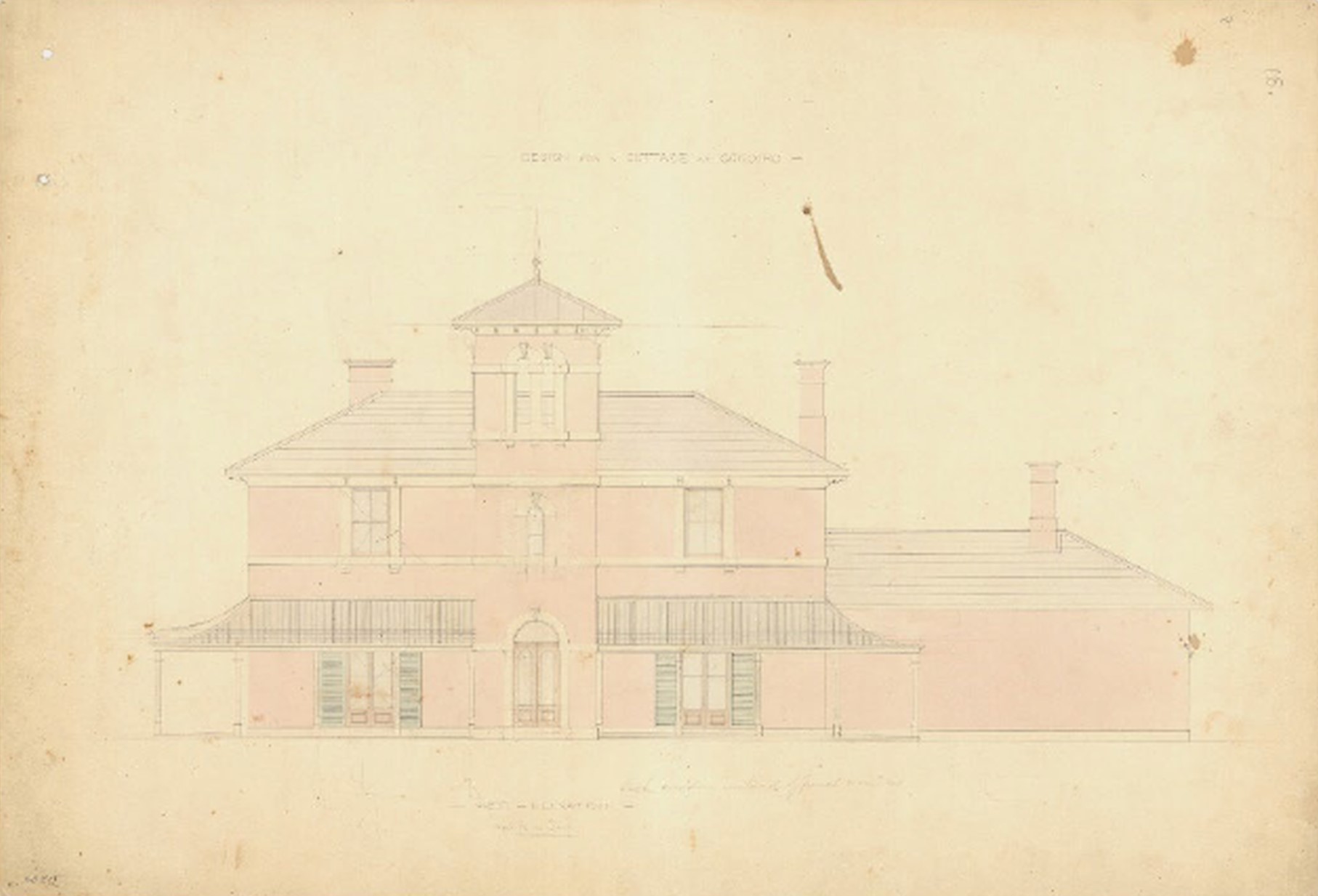
Yaralla Estate was a major centre of Sydney’s Edwardian society, and the scene of extravagant charity functions and children’s parties. Established by Concord’s philanthropic Walker family, the estate was bequeathed by them to the NSW state government in 1937 for its present use as a convalescent hospital. It is classified by the National Trust of Australia (NSW), listed on the Register of the National Estate and protected by a Permanent Conservation Order under the NSW Heritage Act.
1797 – Isaac Nichols (1770-1819) receives a land grant in Concord which he named Yaralla, an Aboriginal word believed to mean ‘camp’ or ‘home’. Nichols, who had the distinction of becoming Australia’s first Postmaster in 1810, establishes an extensive orchard on the property.
Isacc Nichol’s original cottage, Woodbine Cottage, still stands today on the grounds of Yaralla Estate.
1840 – Thomas Walker purchases Yaralla from Isaac Nichols in 1840. Concord is a great orchard district with property growing various kinds of fruit trees.
1860s – Thomas Walker commissions Edmund Blacket to design a large two-storey Victorian Italianate mansion with a four-storey tower.
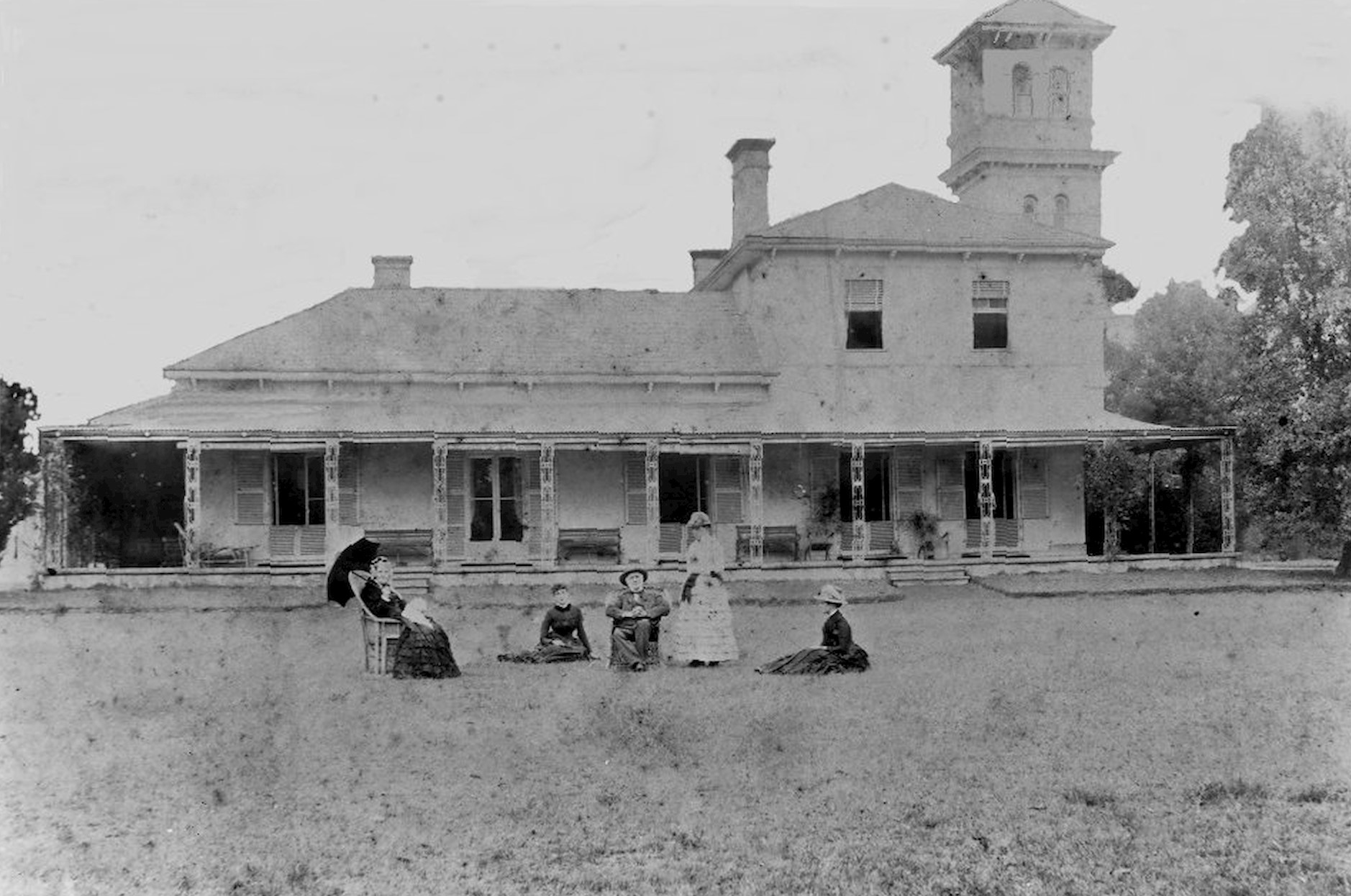
1886 – Thomas Walker dies leaving £100,000 for the construction of Thomas Walker Convalescent Hospital for Women, today Rivendell Estate.
1893 – Thomas Walker Convalescent Hospital for Women opens. Eadith Walker, Thomas Walker’s daughter, commissions architect Sir John Sulman to build extensions to the upper floor and dining areas of Yaralla House.
1899 – Extensions to Yaralla House are completed as are new Stables and a Coach House complex.
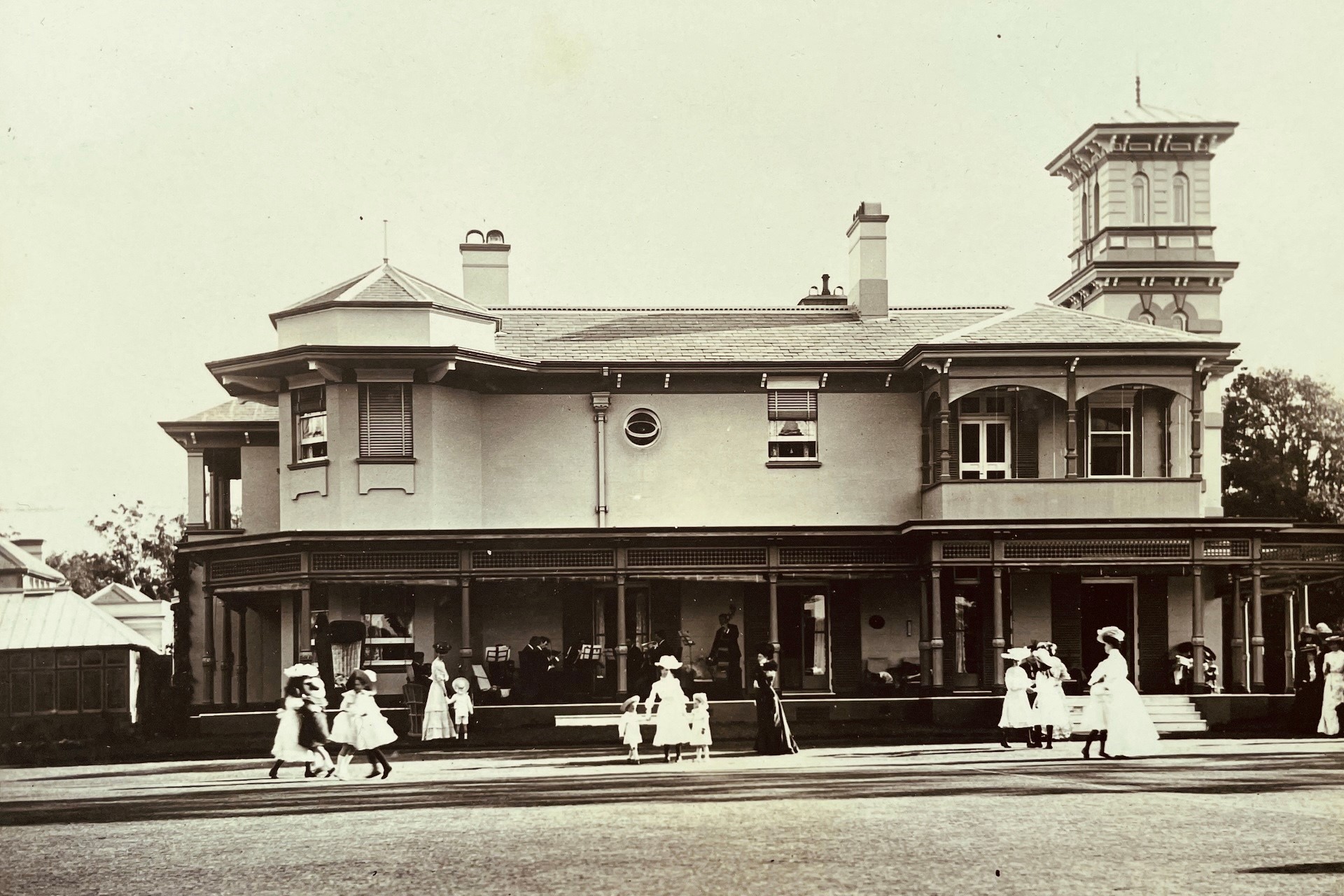
1910 – There are approximately 25 servants and employees living at Yaralla, including a butler, nine maids, cooks, laundresses, chauffeurs, four gardeners, poultry and dairymen, a housekeeper and an engineer servicing the power station and water supply.
Seville, China and dwarf oranges, various kinds of lemons, apples, pears, plums, peaches, nectarines, apricots, cherries, figs, strawberries, pomegranates and grapes. There was also a hothouse with 1900 square feet of glass, containing many tropical fruits, including pineapples.
– RPA Gazette, 1940
1917 to 1920 – A recuperative facility is developed on the grounds of the estate for returning WWI AIF soldiers suffering from tuberculosis.
ca. 1920 – The cottages Hyacinth and Jonquil are constructed as staff accommodation.
1921 – The Prince of Wales, Edward, visits the estate for a week. A squash court is built for his use prior to arrival.
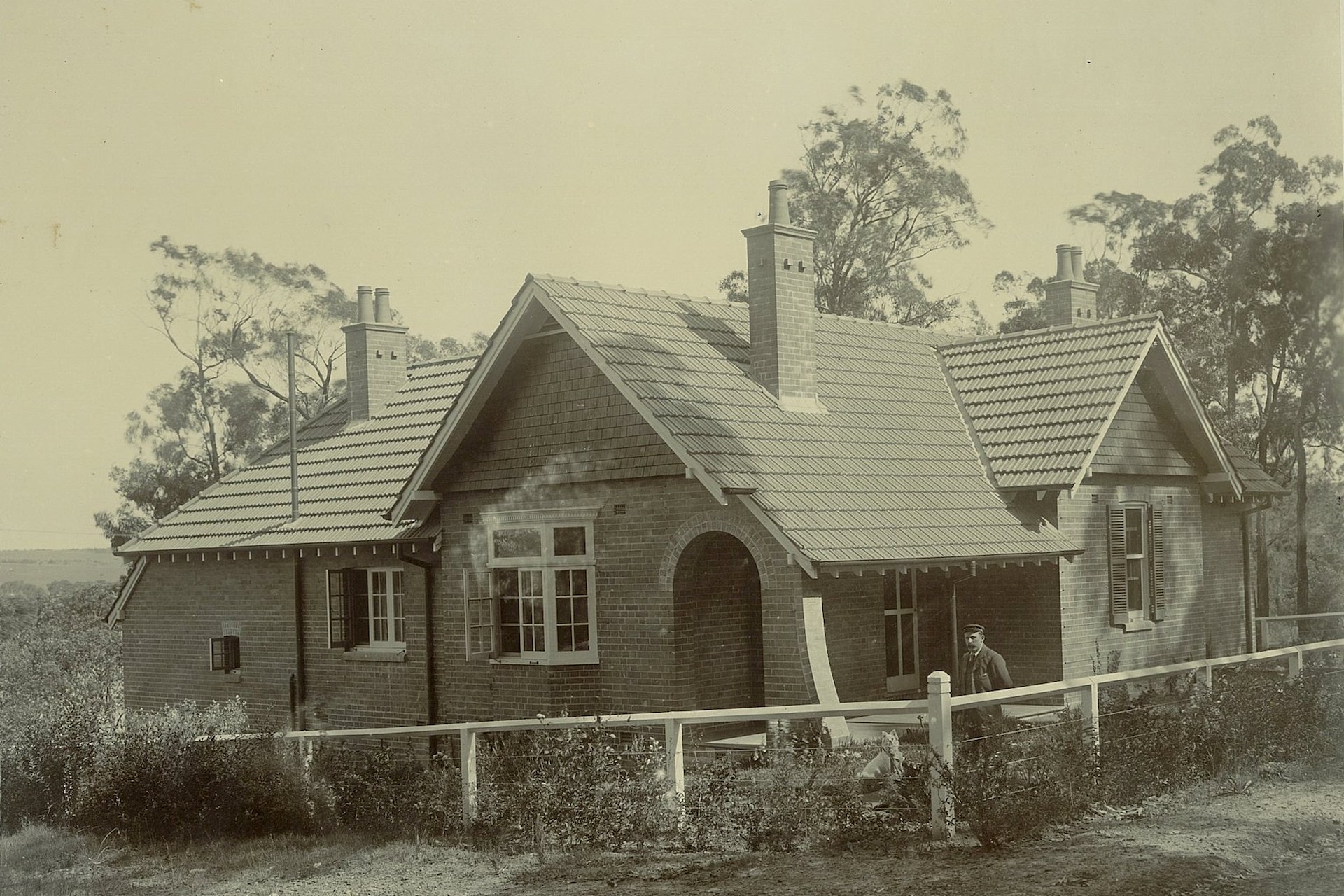
1928 – Eadith Walker is made Dame of the British Empire for her philanthropic and charitable services.
1937 – Dame Eadith Walker dies. The contents of her estate are auctioned by Lawson's over eight days making the biggest auction in Australian history.
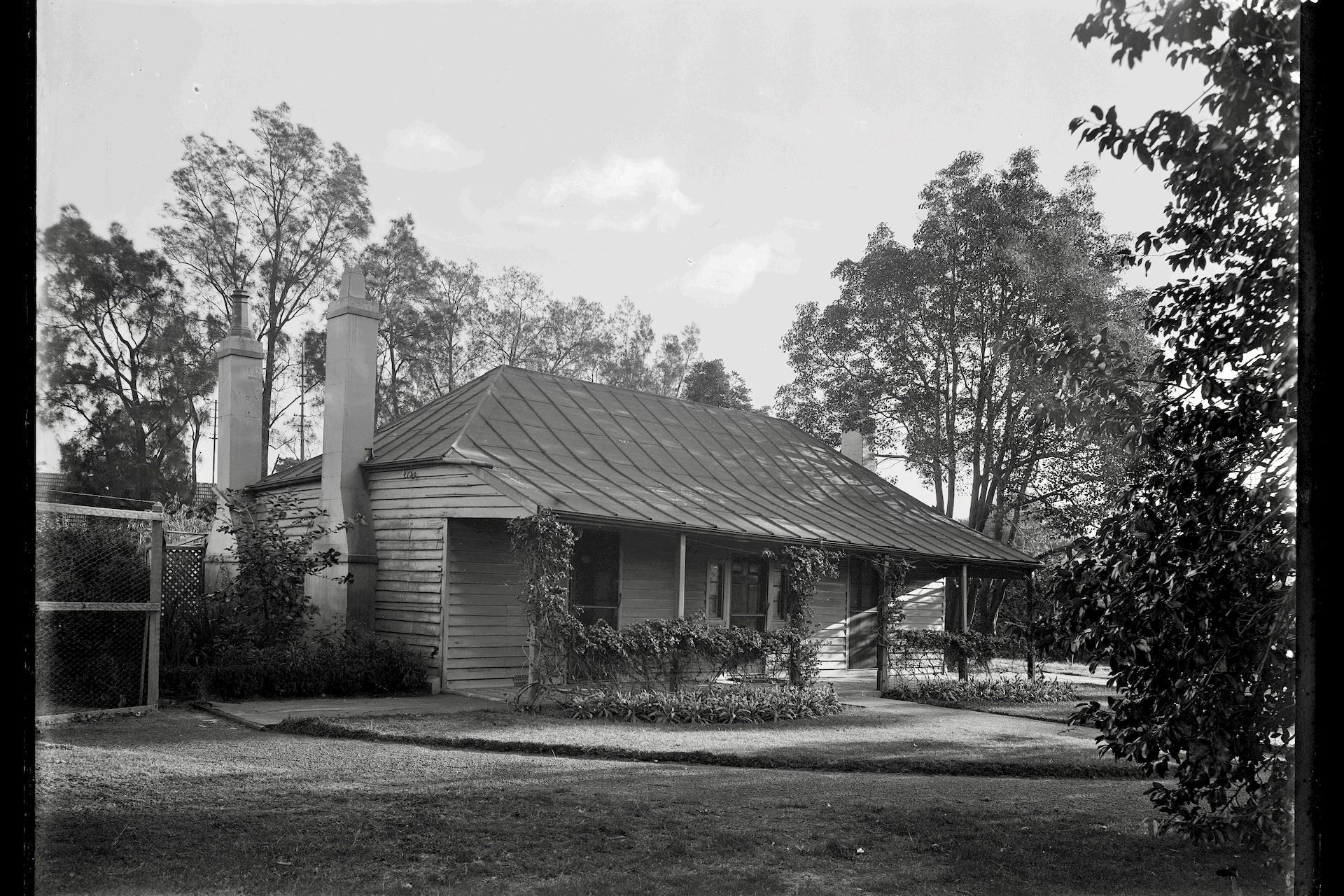
The catalogue lists 2851 items, ranging from the sublime: an Electroplated Revolving Biscuit Sachet (ltem 170) and China Beer Mug with sterling silver lid and coin inset (Item 240), to the mundane: Hecla Radiator (Item 1814) and two Simplex Fire Extinguishers (Item 2478)
– RPA Pacemaker, 1981
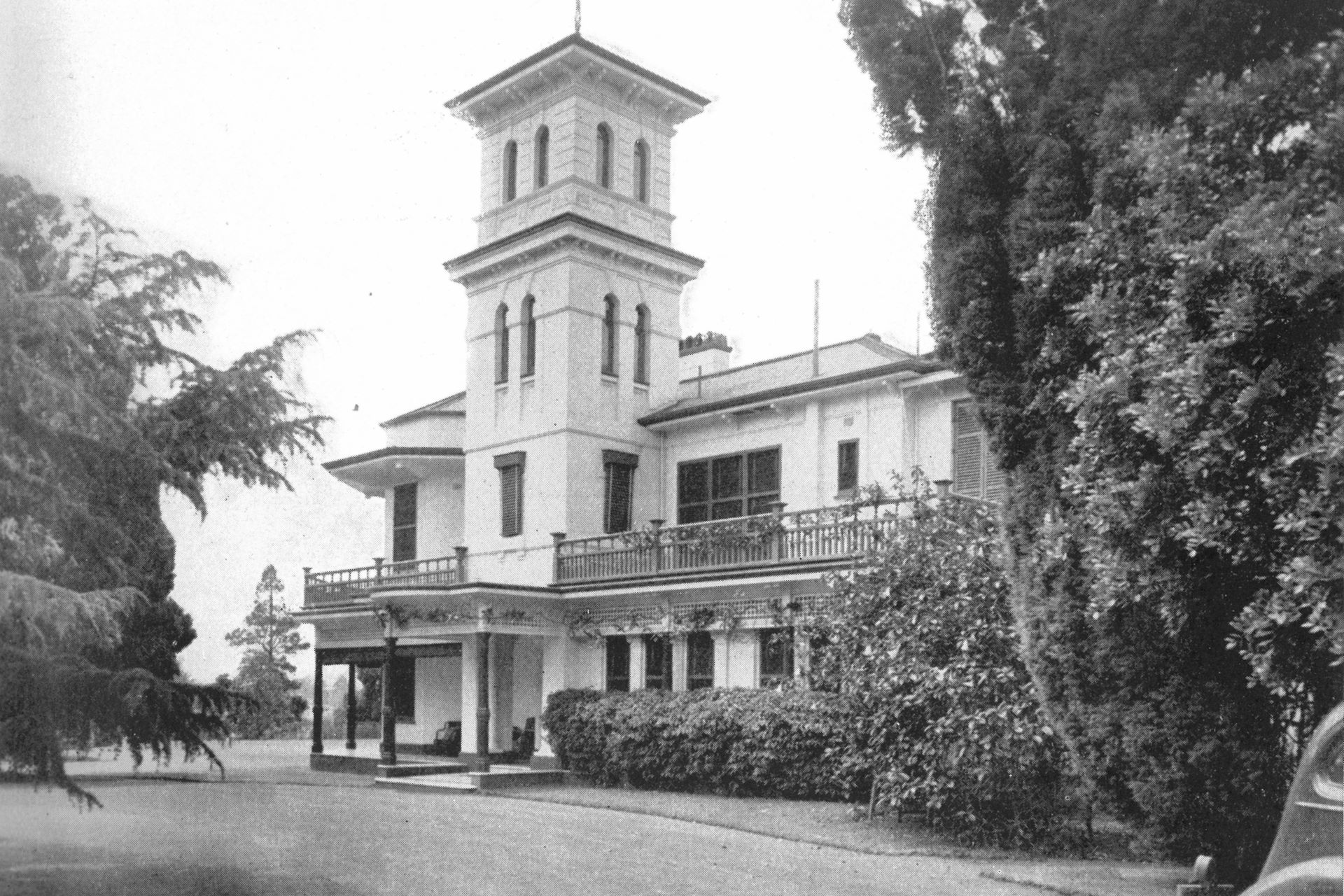
1938 – Half of the estate is placed in a charitable trust fund and subject to the Walker Trust Act of 1938. The Trustees of the Thomas Walker Estate propose that the NSW Government purchase both the Yaralla and Dame Eadith Walker Estates for £65,000 together with a sum of £33,975 for the purpose of establishing a memorial hospital to be called the ‘Dame Eadith Walker Convalescent Hospital for Men’. This would complement Eadith’s father’s Memorial Hospital for Women on the opposite side of Yaralla Bay.
The Act allowed the trustee to lease or licence parts of the land for 'the purpose of public open space for the agistment of horses, or for purposes ancillary to public hospital, public health, public open space or horse agistment purposes.' RPA was made the custodian of the property as the result of a ballot drawn among all metropolitan hospitals.
1939 – Management of the property is assumed by the Royal Prince Alfred Hospital Board of Directors. The Australian Army Department seeks a location to erect a base hospital for the 2nd Military District. The RPA Board offer the 40 acre block of land separating the grounds of the two Walker Hospitals.
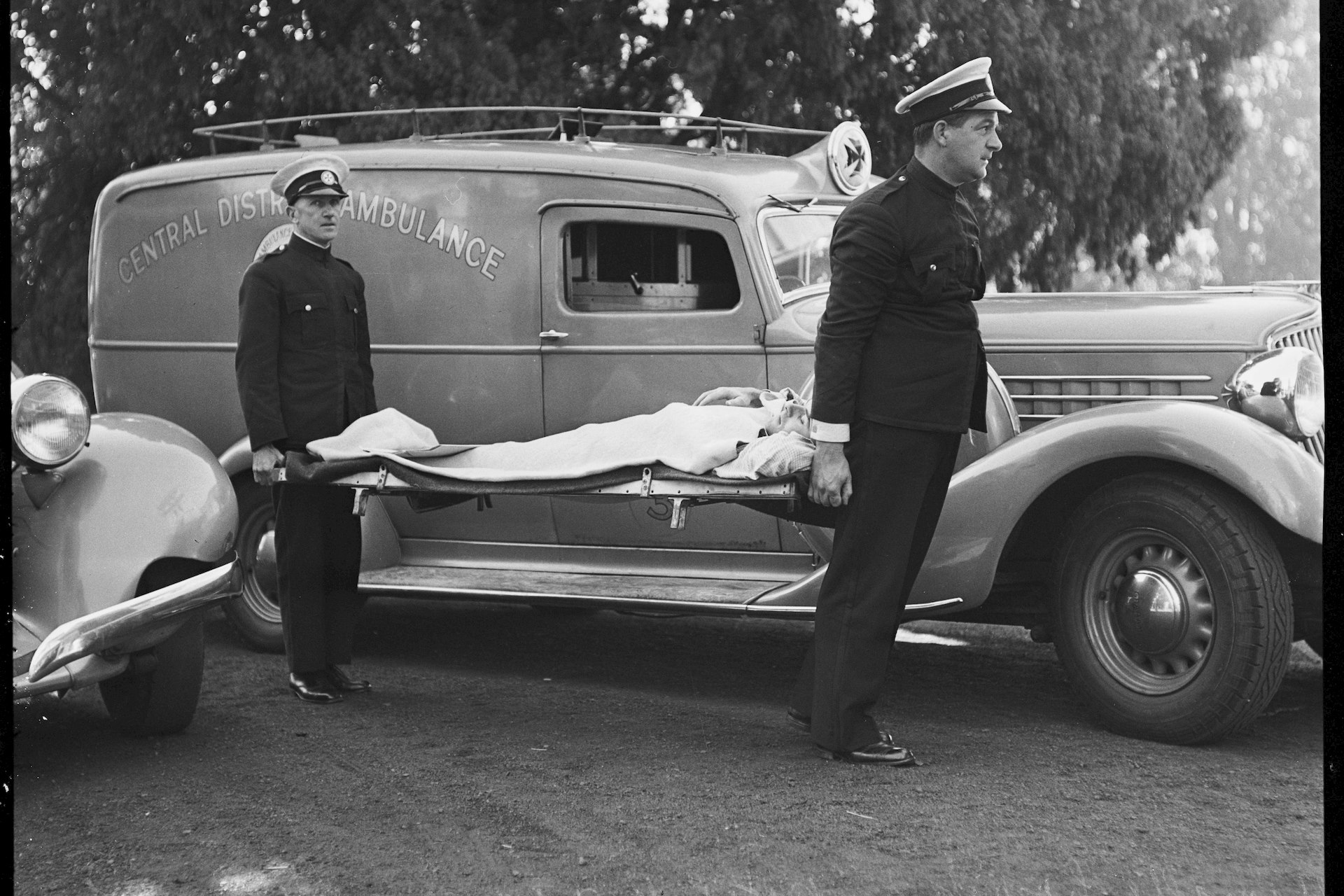
1940 – 113th Australian General Hospital, also known as the Yaralla Military Hospital is established. Significant alterations are made to the main residence in preparation for use as a convalescent hospital including the addition of a first floor balcony.
Those who feel a little more active may wander over the best area of the grounds and gardens on two sides of the house, walk along the water's edge. In fact, a patient could walk a mile in his allotted territory without covering the same ground twice
– RPA Gazette, 1940
1950s – Yaralla Estate Farm supplies poultry, vegetables, milk and eggs to RPA Hospital, in addition to raising revenue from the sale of cut flowers from the gardens and conservatories.
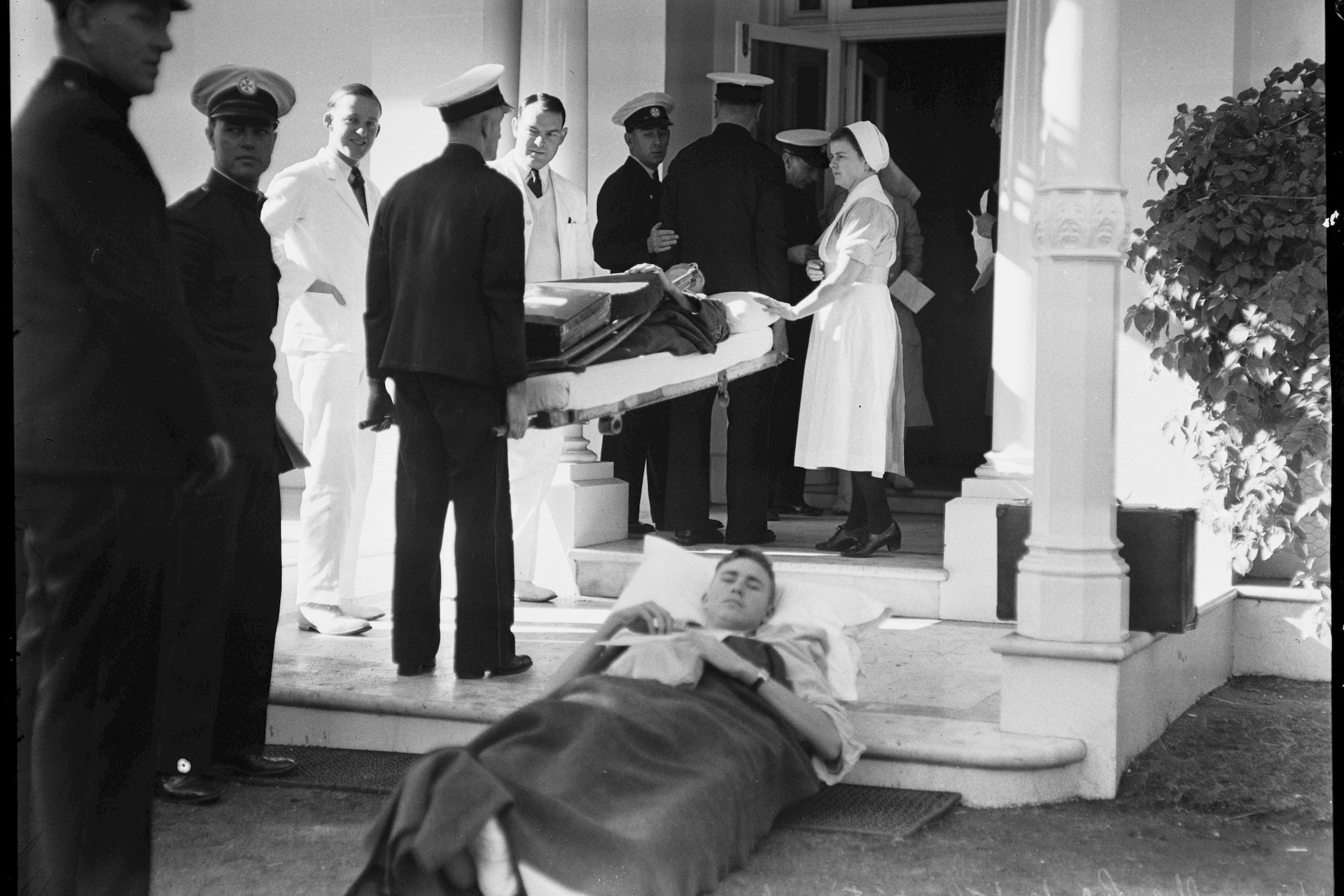
1970s – Significant demolition of outer buildings takes place.
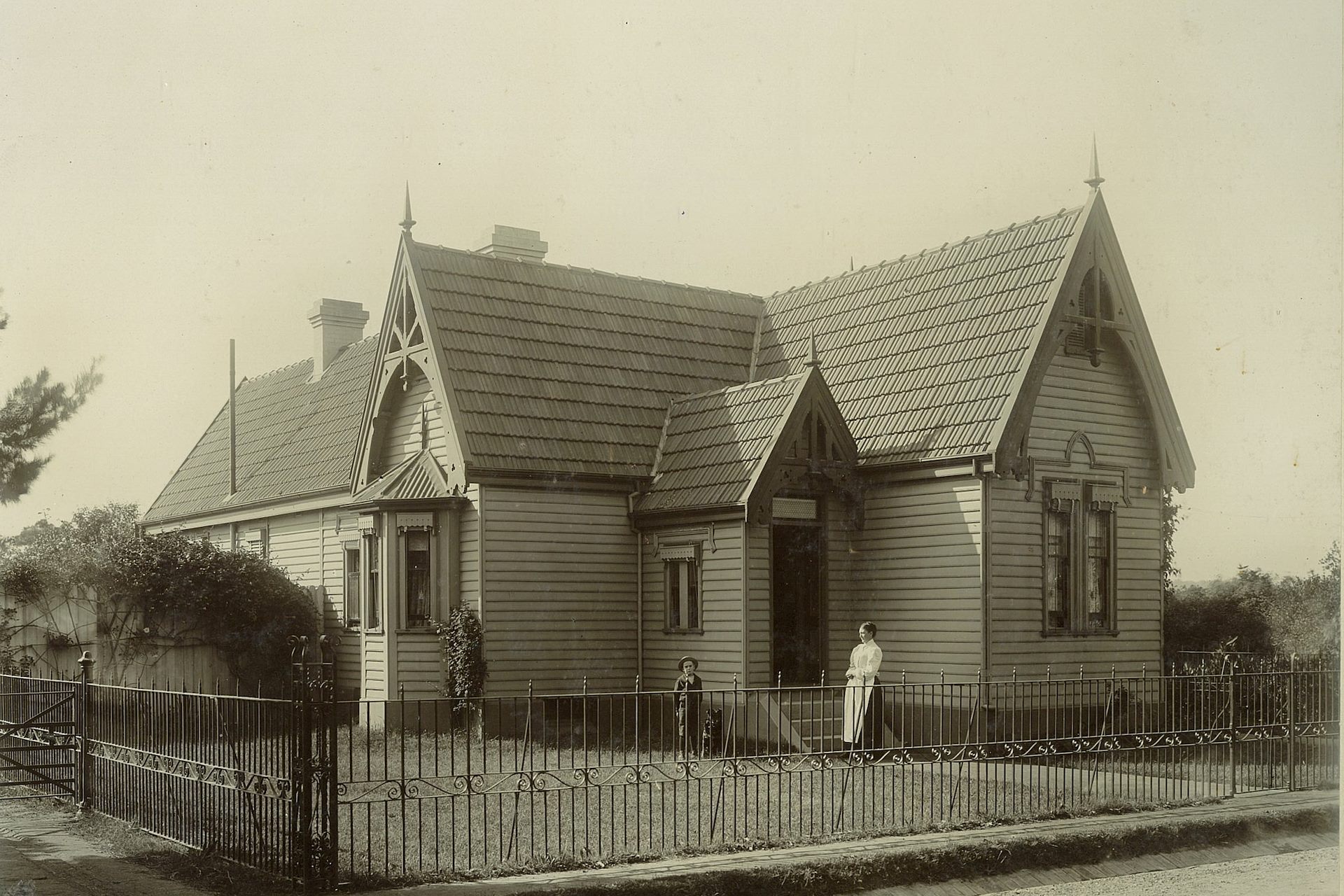
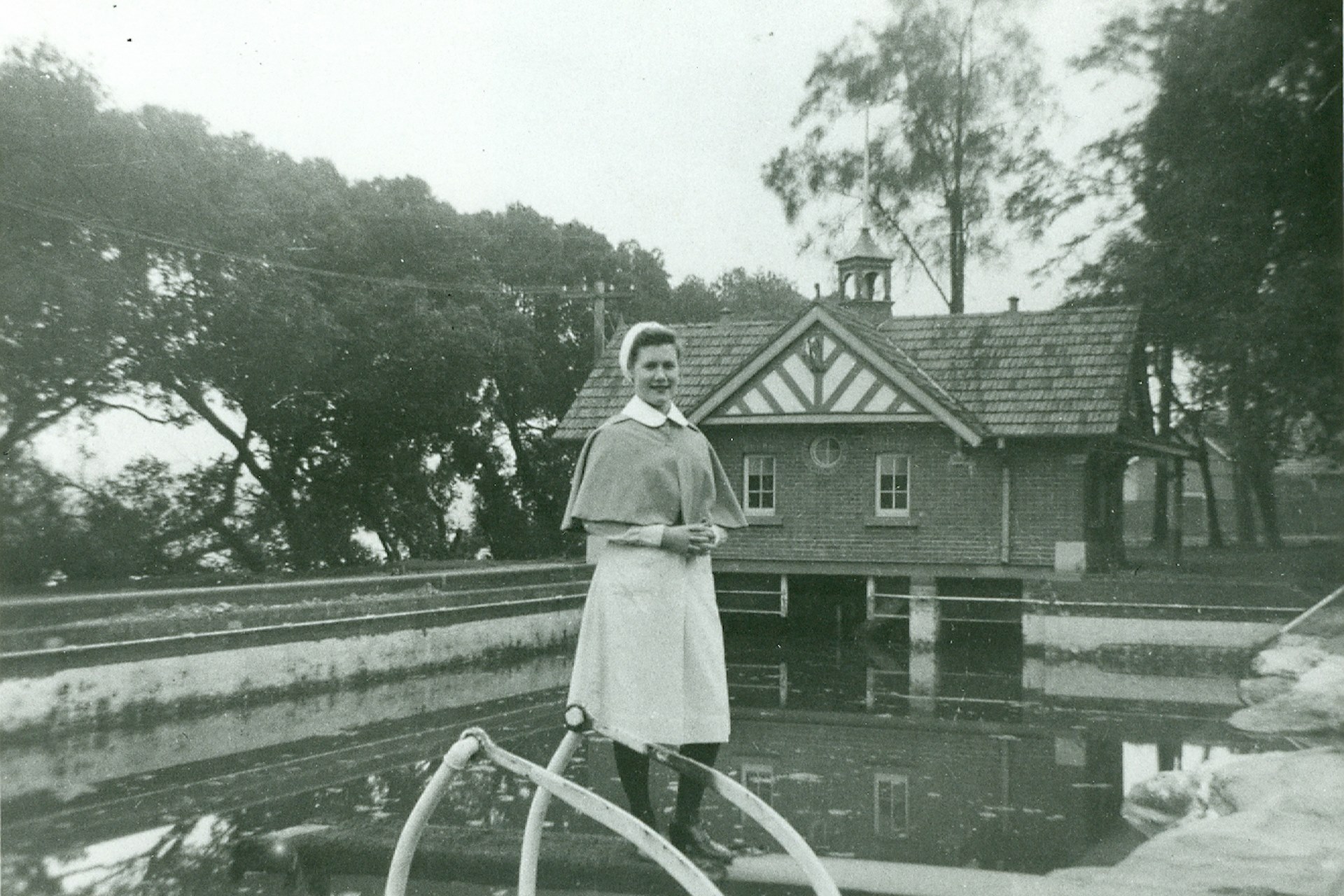
1976 – The Estate is classified by the National Trust of Australia (NSW).
1977 – The Convalescent Hospital accommodates about 40 patients at any one time who remaining from two weeks to two months. Most of these are medical, surgical, eye, radiotherapy and neurological patients who require rehabilitation, rather than intensive care. The balance are usually heart patients who require rest and an environment conductive to re-building their strength.
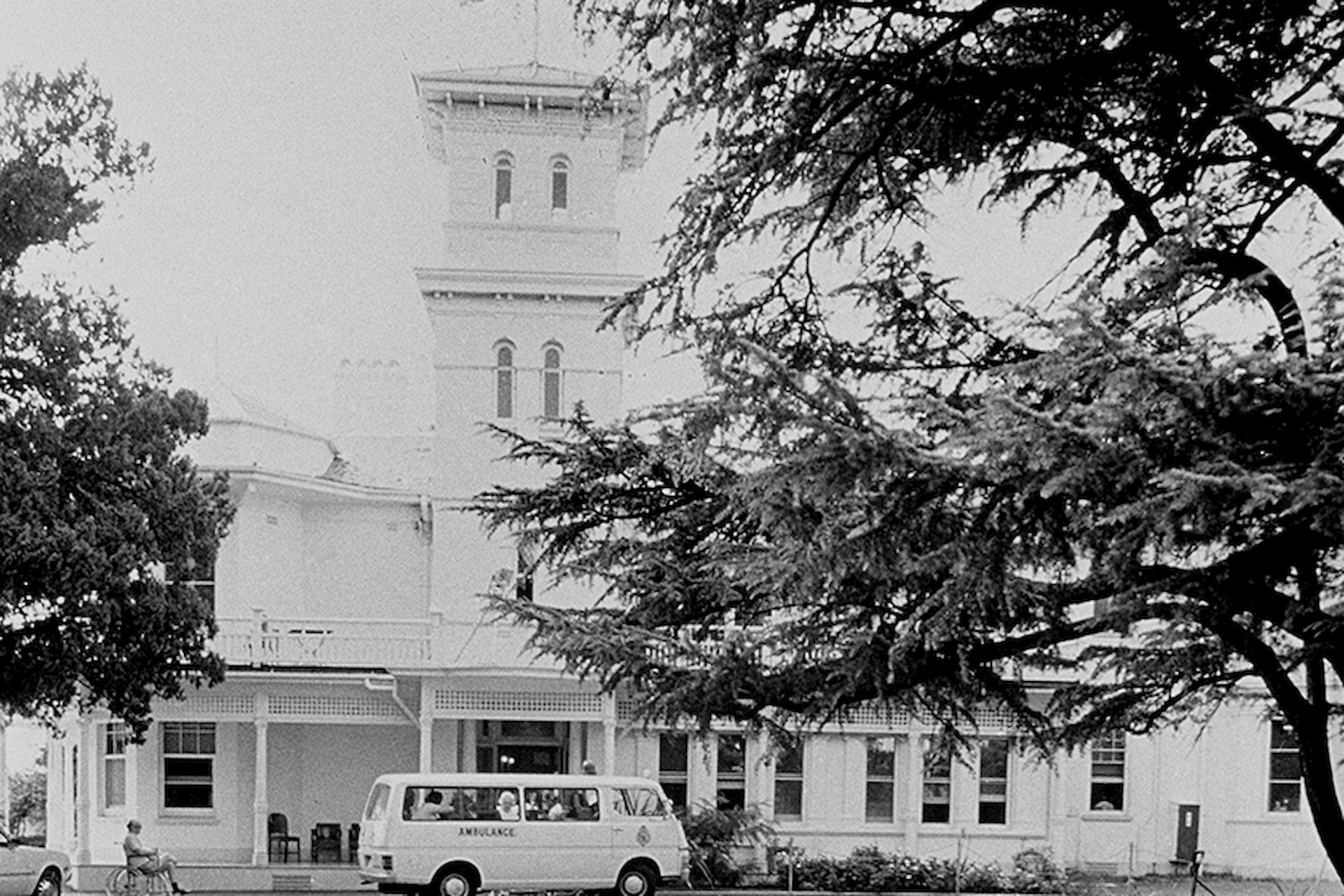
The main wards are on the ground floor of the old mansion, allowing patients who are unable to get about themselves to be wheeled on to the huge verandah which affords an expansive view over the hospital grounds down to the river's edge.
Upstairs are semi mobile patients, such as heart cases, and the few stairs they have to navigate serve as beneficial light exercise for them. Those who feel a little more active may wander over the best area of the grounds and gardens on two sides of the house, walk along the water's edge.
Each day RPA’s private ambulance makes three trips to Yaralla.
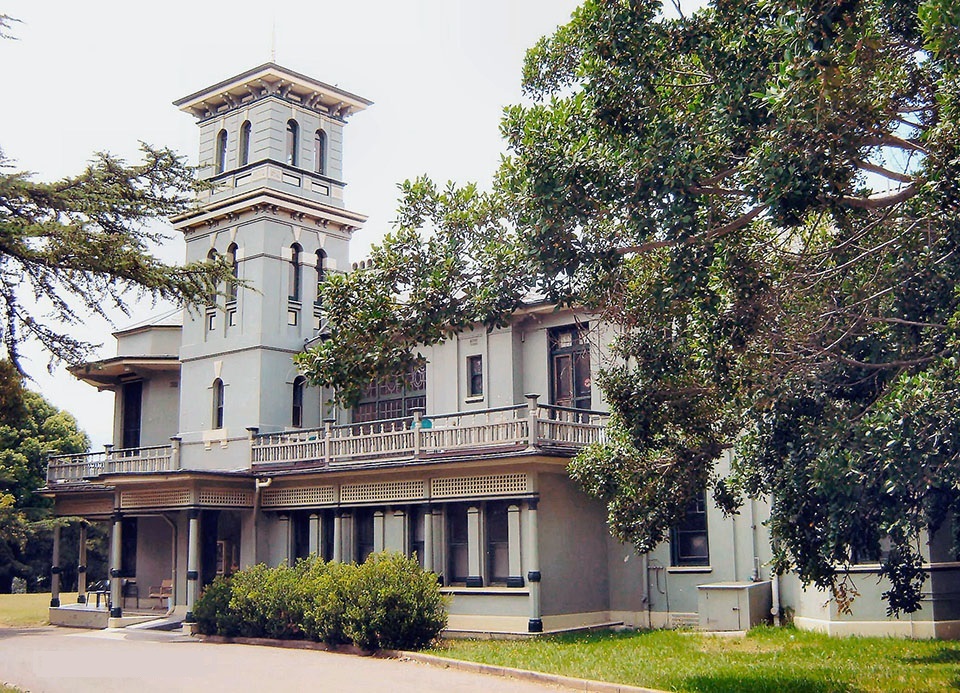
1993 to 2008 – Yaralla House is used as a Renal Dialysis Training Centre.
2004 – Magnolia Cottage is renovated and converted into Kalparrin Day Centre.
2011 – The main mansion is refurbished as a Palliative Care Unit. This unit incorporates a 20-bed sub-acute inpatient palliative care unit and clinical, and non-clinical support services and associated infrastructure. It continues to provide services for people living with HIV, dementia and other conditions.
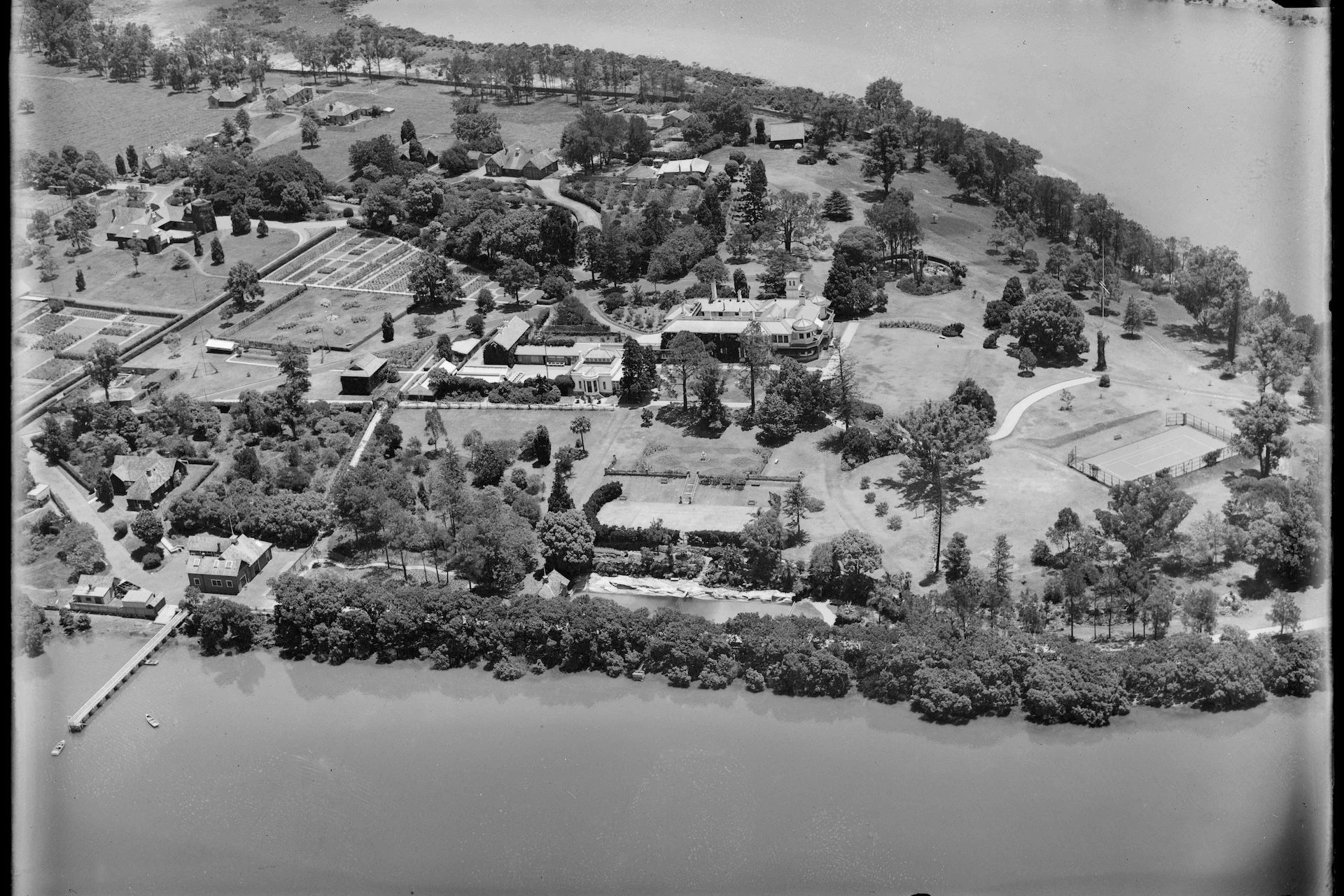
2013 – The Yaralla Estate Community Advisory Committee is established. Its role is to advise the chief executive of the Sydney Local Health District on maintaining and using the estate for the benefit of the Local Health District and the local community. The NSW Department of Health issues a media release announcing that 13 hectares of Yaralla’s estate will be made public parkland. The Dame Eadith Walker Hospital receives a sum towards the upkeep of its gardens and grounds from the Thomas Walker Perpetual Charitable Trust Fund.
2016 – The refurbished Hyacinth Cottage residence allows the Burns unit to discharge eligible patients, encourage them to continue their recovery in a supportive home environment and ensure they continue to have access to multidisciplinary care.

